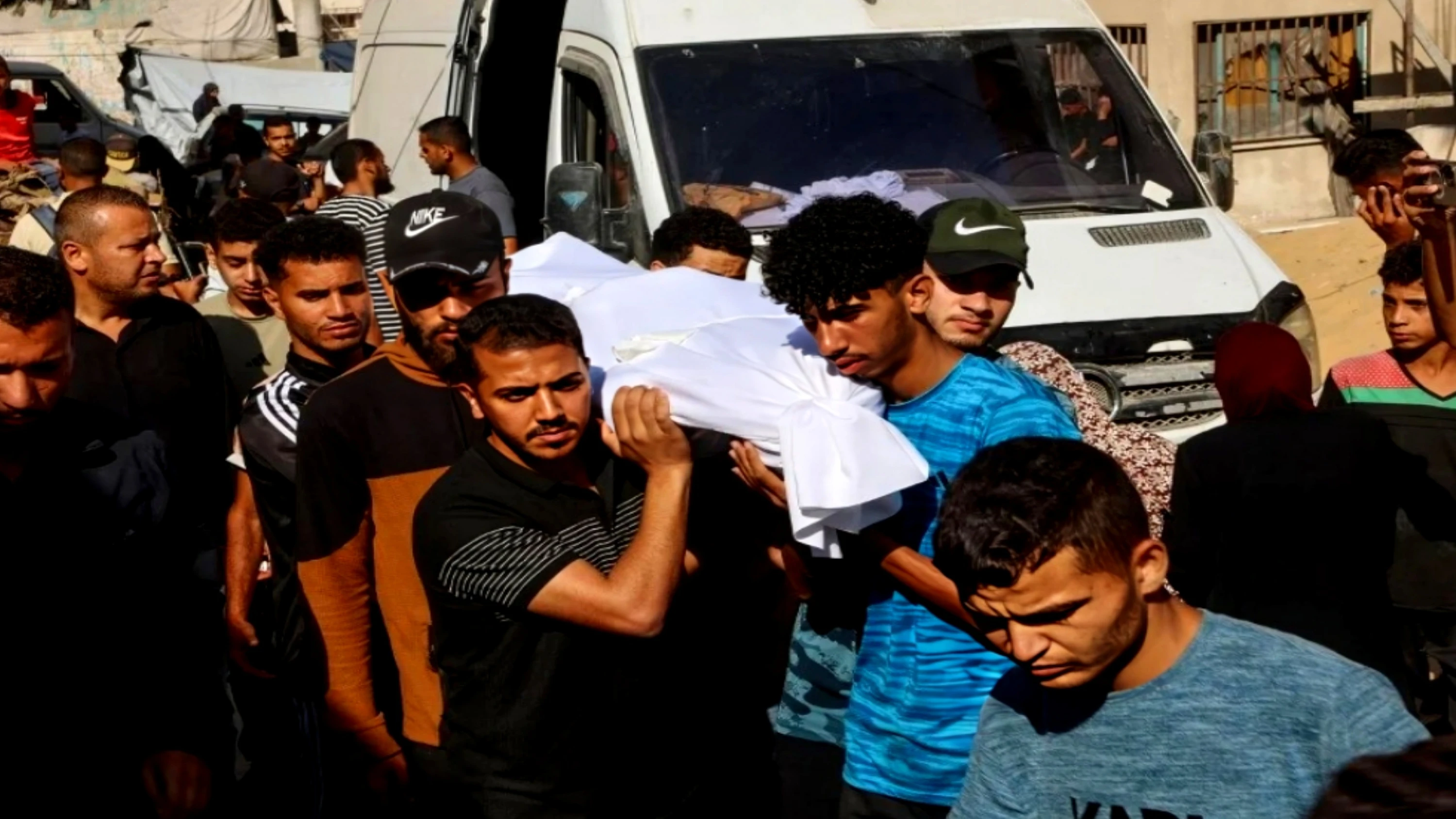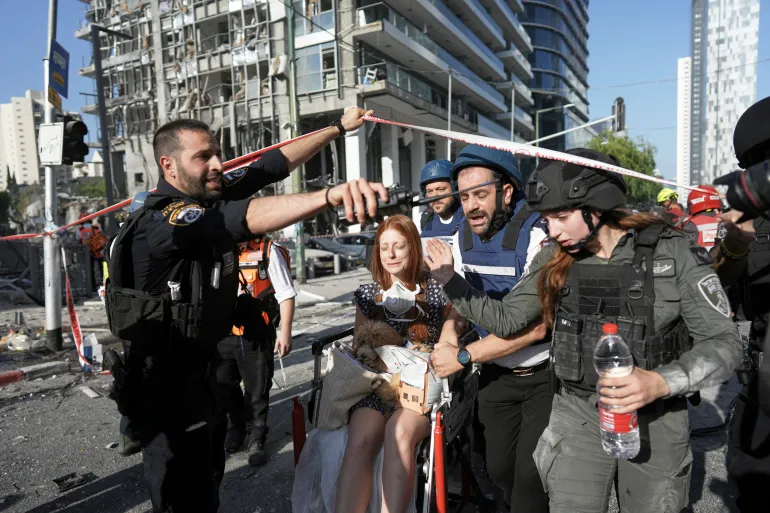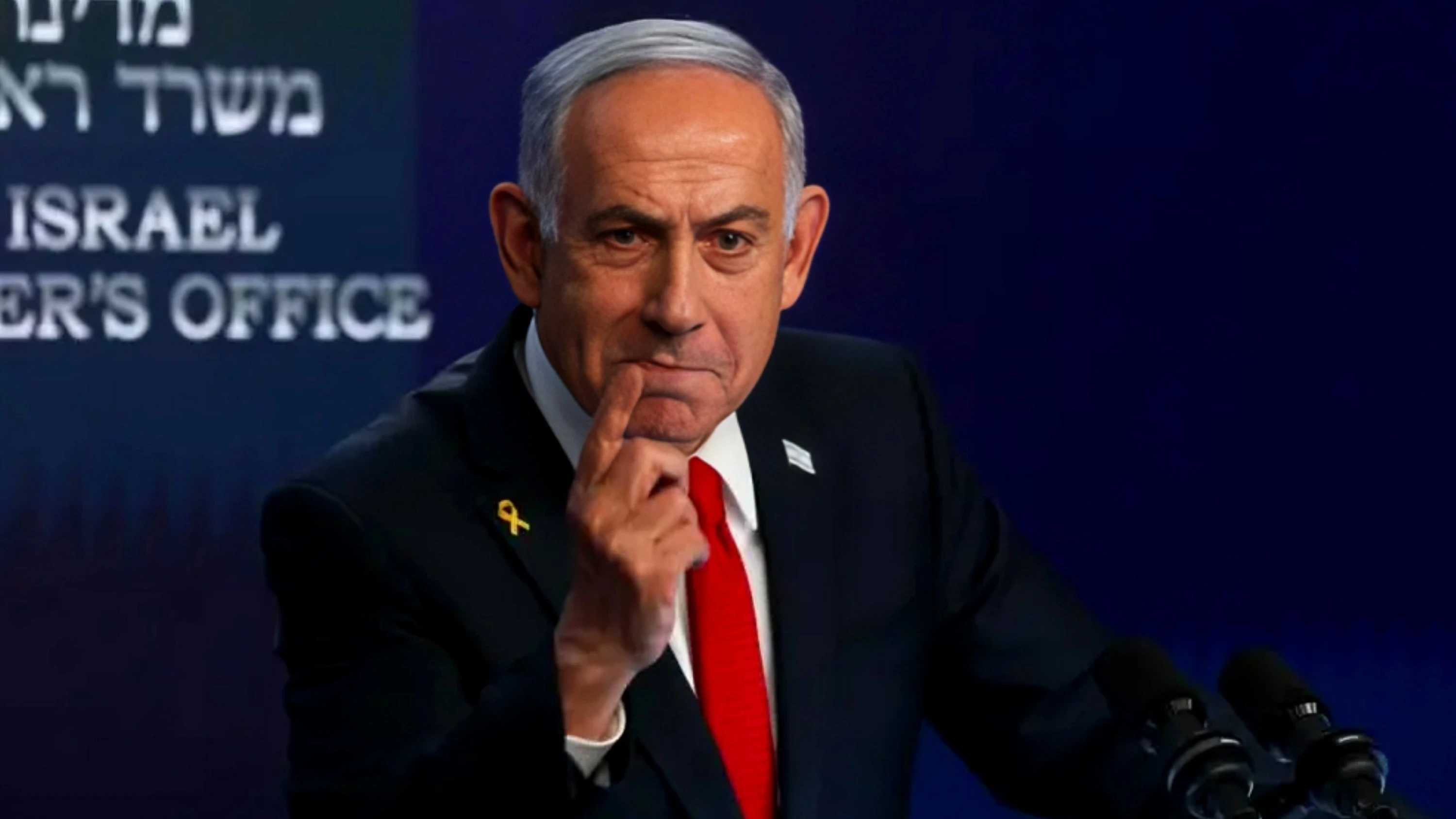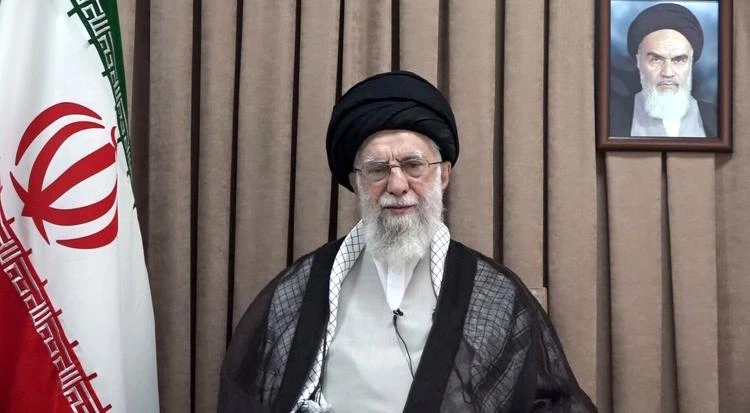Gaza: For the third day in a row, rare and risky protests have swept through southern Gaza, as Palestinians—exhausted by war, displacement, and starvation—raise their voices not just against Israeli bombings, but also against Hamas, the group that governs them.
In the city of Khan Younis, hundreds of residents—many of them young and hungry—marched through the rubble-filled streets carrying empty pots. These weren’t just containers for food. They were symbols of a life stripped bare. As they walked toward makeshift community kitchens, chants echoed behind them: “Out! Out! Out! All of Hamas, out!”
This open anger toward Hamas is almost unheard of in Gaza, where dissent has long been met with threats, beatings, or worse. One video that quickly spread online shows a protester shouting, “Hamas is selling our blood for a dollar,” while another warns, “The people of Gaza will dig your grave.” For a region living under both airstrikes and authoritarianism, such words are dangerous—but revealing.
The protests intensified after an old interview resurfaced in which Hamas spokesman Sami Abu Zuhri described the war with Israel as “eternal” and suggested that new fighters would be born to replace the dead. For many in Gaza, this wasn’t resistance—it was cruelty. As the war drags on, what once may have been tolerated as ideology now feels like abandonment.
This isn’t the first time protests against Hamas have erupted. Small demonstrations occurred in the north earlier in the conflict. But this is the first time the unrest has taken hold in the south—where Hamas maintains tighter control. And now, the calls for accountability are louder and more persistent than ever.
One of the protest leaders, a man named Alaa, spoke to the BBC under his real name, knowing full well the risk. He has been jailed before for criticizing Hamas. Now, he says he has nothing left to fear. “We are literally dying from hunger, evacuation, and bombings,” he said. He’s been displaced at least 20 times, he can’t afford a tent, and he just wants his children to live in peace.
“Even if Hamas is gone,” he said, “resistance will continue—but with new leaders and new ideas.”
But such bravery comes with a heavy cost. In March, a 22-year-old named Oday a-Rubai was tortured to death for protesting Hamas. Others have been beaten or shot. Alaa himself described how during their march, a man tried to pull a gun on the crowd—but was quickly stopped by another protester. “We outnumbered them,” he said. “And we kept marching.”
Another protester, Moumen al-Natour, a lawyer and part of the We Want to Live movement, said the emotional breaking point has arrived. “Displacement, hunger, and fear are making people rise up,” he said.
These protests are unfolding as the Israeli military continues its devastating assault on Gaza. On Monday, Israel issued one of its largest evacuation orders yet, instructing people in eastern Khan Younis to flee to the coastal strip of al-Mawasi. Since then, the bombings haven’t stopped. The United Nations says over 57,000 people have been displaced in the south in just the past week.
Hospitals, homes, and aid depots have been reduced to ash. Fires erupted at the al-Awda Hospital drug depot after an Israeli strike in northern Gaza, a reminder that even critical medical infrastructure is not safe. Humanitarian aid, when it does come, is described by the UN as “nowhere near enough” to meet the massive need.
The numbers are staggering. According to the Hamas-run health ministry, over 53,000 Palestinians have been killed since the war began. The Government Media Office places that number even higher, saying at least 61,700 have died—including those still buried under the rubble. More than 120,000 are wounded.
The war began on October 7, 2023, when Hamas launched a surprise attack on Israel, killing around 1,200 people and taking 251 hostages. Since then, Israel’s stated goal has been to destroy Hamas. But nearly eight months later, civilians—both Israeli and Palestinian—are asking whether destruction is all this war will ever deliver.
In Israel, growing numbers of citizens are now protesting their own government, demanding a ceasefire and the return of hostages. In Gaza, people are risking death to demand the end of Hamas’s rule. The grief, pain, and desperation are no longer one-sided.
What’s emerging, across enemy lines, is a shared cry: an exhaustion with war, a longing for peace, and a plea for leadership that values life over power.
As Alaa said, “We just want our children to live in peace.” His words echo not only through the streets of Gaza—but perhaps, quietly, across a region that has lost too much for far too long.








